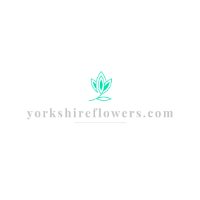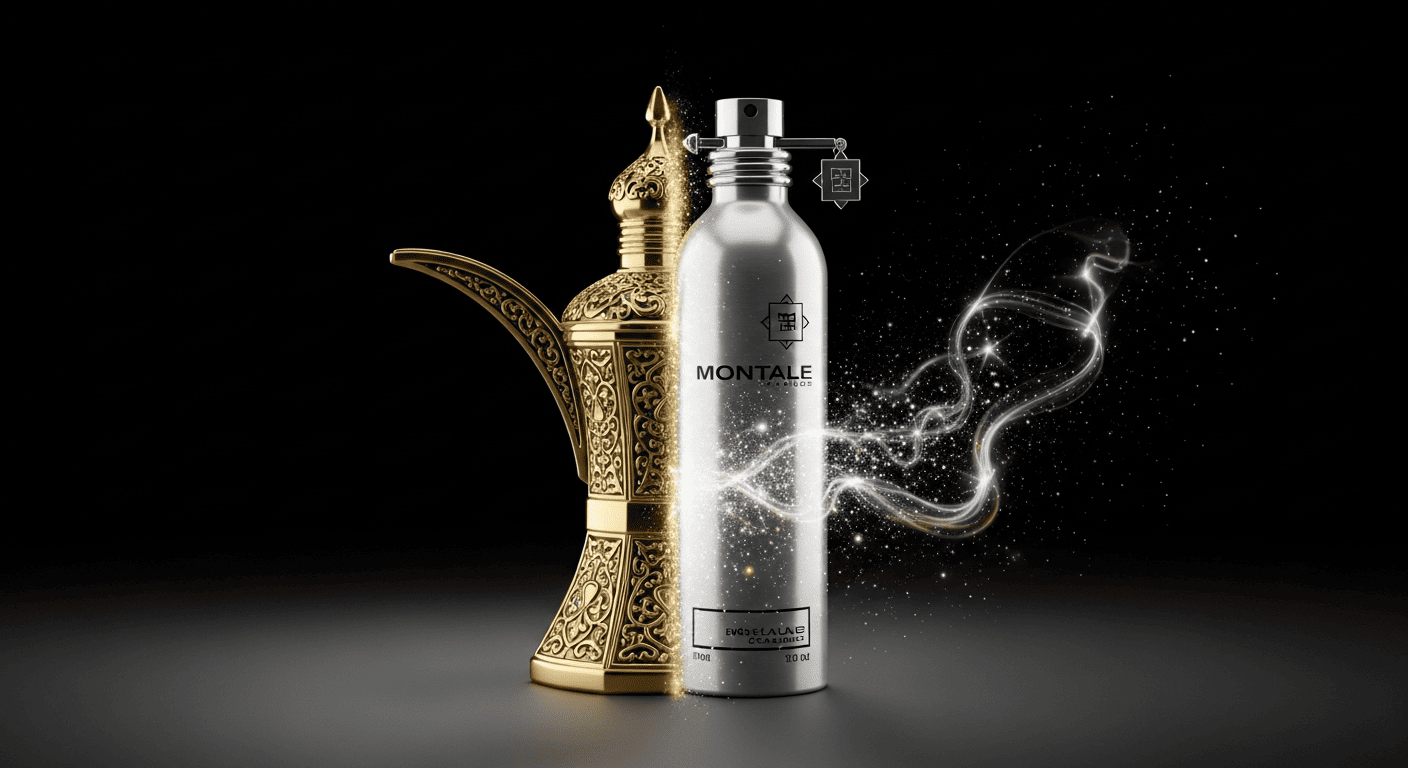The story of parfumuri Montale is a fascinating case study in cultural alchemy, a narrative of how the ancient, potent scent traditions of the Arabian Peninsula were transplanted and reinterpreted through the sophisticated lens of French perfumery. Founded by Pierre Montale after his time creating bespoke scents for royalty in Saudi Arabia, the brand did not merely borrow from Middle Eastern aesthetics; it absorbed them entirely. Montale effectively built a bridge between two worlds, introducing a European audience to the raw power and intensity of materials like oud, which were previously unfamiliar to many.
This fusion created a new paradigm in the world of niche fragrance, one defined by unapologetic intensity, monumental sillage, and a distinctive visual identity. The brand’s success hinges on its authentic homage to Arab perfumery, focusing on the quality and concentration of its core ingredients. It is a reminder that true innovation often comes not from inventing the new, but from recontextualizing the timeless. This approach created a unique signature that stands in stark contrast to the often more subdued and ephemeral nature of classic French compositions.
Montale’s journey is a testament to how a deep respect for one tradition can enrich and transform another, creating a hybrid that is stronger and more compelling than its individual parts. This deep appreciation for the story and character of a core ingredient is a philosophy that can be applied to many aspects of perfumery. Understanding the duality of florals, for instance, reveals how a single flower’s historical narrative can shape its use and perception in modern scent creation.
The Arabian Apprenticeship
The soul of Montale was forged in the heat of the Middle East, where founder Pierre Montale spent years as a perfumer for the elite, including the Saudi royal family. This was not a casual visit but a deep immersion into a culture where fragrance is an integral part of daily life and personal identity. He worked directly with the foundational materials of Arabian perfumery: potent ouds, rich attars, sumptuous roses, and exotic spices, learning the art of blending for a clientele with a highly educated palate for powerful scents.
This experience was a complete departure from the classical French training he possessed, forcing him to master a new olfactory language. Here, subtlety was not the primary goal; instead, the focus was on longevity, projection, and the use of intensely concentrated essences. He learned how the extreme climate demanded fragrances with the tenacity to endure, and how oud, in particular, was revered not just as an ingredient but as a near-spiritual component of life.
Upon his return to Paris in 2003, Montale brought this education with him, not as a collection of souvenirs, but as the very bedrock of his new brand. He was not creating French perfumes with a hint of the exotic; he was creating authentic Arabian-style fragrances using French techniques and production standards. This unique positioning allowed him to introduce a shocked and captivated European market to the true, untamed character of aoud.
The Oud Revolution
Before Montale, the note of oud, or agarwood, was a rare and misunderstood curiosity in Western perfumery, used sparingly if at all. Montale’s revolutionary act was to place this complex, challenging ingredient at the very center of his creative universe. He did not dilute its power or soften its edges for the uninitiated; he presented oud in its full, majestic, and sometimes medicinal glory, trusting that its raw beauty would find its audience.
The brand became synonymous with the “beast mode” fragrance, a term used by perfume lovers to describe scents with enormous projection and longevity. This was a direct result of using high concentrations of base-heavy notes, with oud at the forefront. Montale’s approach offered a clear alternative to the mainstream, appealing to those who were tired of fleeting scents and craved a fragrance with presence and character.
This focus on oud was not monolithic; Montale showcased its incredible versatility by blending it with a variety of other notes, demonstrating how it could be paired with different materials to express different moods. The core offerings highlighted this range:
- Oud and Rose: A classic Middle Eastern pairing that balances the medicinal sharpness of the wood with the velvety sweetness of the flower.
- Oud and Fruits: A more modern interpretation where sweet, juicy notes provide a bright and playful contrast to the dark wood.
- Oud and Spices: Compositions that lean into the warmth and exoticism of the ingredient, often featuring saffron, cardamom, or cloves.
The Aluminum Fortress
One of the most instantly recognizable features of Montale is not its scent, but its vessel: the striking, opaque aluminum bottle. This choice was far from a mere aesthetic gimmick; it was a functional decision born directly from Pierre Montale’s experience in the Middle East. The aluminum flacon was designed as a fortress to protect the precious and volatile essences within from their greatest enemy: light.
Light, especially sunlight, can rapidly degrade fragile perfume oils, altering their scent and diminishing their potency. By housing his fragrances in these lightweight, shatterproof, and completely light-proof canisters, Montale ensured the stability and longevity of his creations. This practical solution also gave the brand a unique and modern visual identity that stood out in a sea of traditional glass bottles, perfectly reflecting its blend of ancient tradition and modern utility.
The bottle is therefore a perfect metaphor for the brand itself—a modern, technical shell designed to preserve an ancient, precious soul. It communicates a sense of purpose and seriousness, suggesting that the contents are valuable and require protection. This has become an inseparable part of the Montale legacy, a piece of industrial design that is as iconic as the powerful fragrances it holds.
A Franco-Arabian Legacy
The enduring success of Montale lies in its unwavering commitment to its core identity as a bridge between two cultures. The brand has masterfully blended the unapologetic opulence of Arabia with the refined production quality and global reach of a Parisian perfume house. This has allowed it to cultivate a loyal following of fragrance connoisseurs who appreciate its boldness and consistency.
While some critics have occasionally pointed to a lack of subtlety, they miss the fundamental point of the brand. Montale does not aspire to be a whisper; it is designed to be a declaration. It caters to a desire for presence, for a scent that is not just a personal pleasure but a tangible part of one’s aura, leaving a memorable and lasting trail.
Today, Montale’s influence is undeniable, having paved the way for numerous other Western brands to explore the potent beauty of oud and other Arabian-inspired notes. It democratized a style of perfumery that was once the exclusive domain of a specific region, proving that the desire for bold, high-performance fragrances is a global phenomenon. The brand remains a testament to the powerful alchemy that occurs when one tradition has the courage to fully embrace another.
Frequently Asked Questions
Yes, Montale is considered a niche fragrance house. It operates outside of the mainstream designer market, focusing on a specific olfactory style (intense, Arabian-inspired scents) and selling through more selective distribution channels rather than mass-market department stores. Its focus on high concentrations and specific ingredients like oud defines its niche appeal.
The “medicinal” or “camphorous” scent that is sometimes detected in oud fragrances is a natural characteristic of agarwood itself. This sharp, phenolic aroma comes from the complex chemical compounds produced as the tree defends itself from fungal infection. Montale is known for not shying away from this challenging facet of real oud, presenting a more authentic and less sanitized version than many other brands.
Mancera is another perfume house that is closely linked to the Montale family, often described as its sister brand. While both share a similar aesthetic of powerful scents in distinctive bottles, Mancera is generally perceived as a slightly more “Westernized” interpretation of the style. Its compositions are often brighter, sweeter, and may incorporate different themes, while Montale remains more focused on its foundational oud, rose, and ambery creations.

